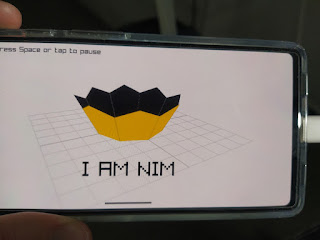Using NimScript for your build system
Welcome to this tutorial on using NimScript for your build system! In this tutorial, we'll explore how to use NimScript to define tasks and automate your build process. NimScript is a powerful and flexible scripting language that is a sub-dialect of the Nim programming language. Benefits NimScript is a versatile scripting language that can be used on any platform where Nim can run. With NimScript, you can enjoy the same syntax, style, and ecosystem as compiled Nim. This means that developers won't need to learn anything new or switch contexts. [source: https://nim-lang.github.io/Nim/nims.html#Benefits ] Getting Started To use NimScript as your build system, you can use the task template. With this, you can write tasks that can be executed with a working Nim compiler. You can write these tasks either in the .nimble file or in a separate .nims file, which can be executed by calling nim taskname filename.nims directly. Running nimble tasks in the package root will display a...
